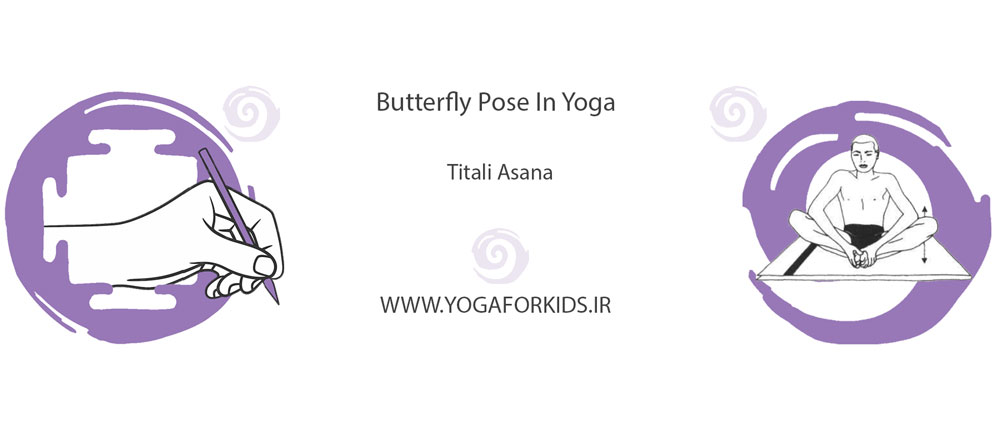
How to do Butterfly Pose (Baddha Konasana)
Beginner’s Guide
Introduction to Butterfly Pose
How to do Butterfly Pose is a common question among yoga beginners, as this pose, also known as Baddha Konasana or Titali Asana, is an essential seated yoga posture. It is widely practiced for its benefits in improving hip flexibility, enhancing blood circulation, and promoting relaxation. The name “Butterfly Pose” originates from the wing-like motion of the legs while performing this asana. In yoga, an “asana” refers to a posture that integrates physical movement, controlled breathing, and mindfulness. Butterfly Pose is particularly effective in stretching the inner thighs and groin, making it an excellent choice for people of all ages.
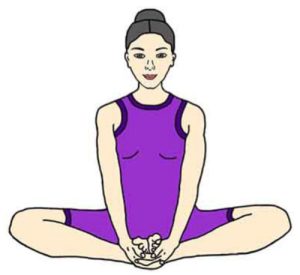
How to do Butterfly Pose
- Sit on the Floor
- Begin by sitting on the floor with your legs extended straight in front of you.
- Bring Your Feet Together
- Bend your knees and bring the soles of your feet together, allowing your knees to drop outward.
- Adjust Foot Position
- Pull your heels as close to your pelvis as comfortably possible, keeping your spine upright.
- Hold Your Feet
- Grasp your feet with your hands and keep your shoulders relaxed.
- Flutter Your Knees
- Slowly move your knees up and down, mimicking the flapping of butterfly wings. You may also hold the pose statically if preferred.
- Deep Breathing
- Maintain slow, steady breathing while keeping your back straight and shoulders relaxed.
- Hold the Position
- Stay in the pose for 30 seconds to a few minutes, depending on your comfort level, before slowly releasing.
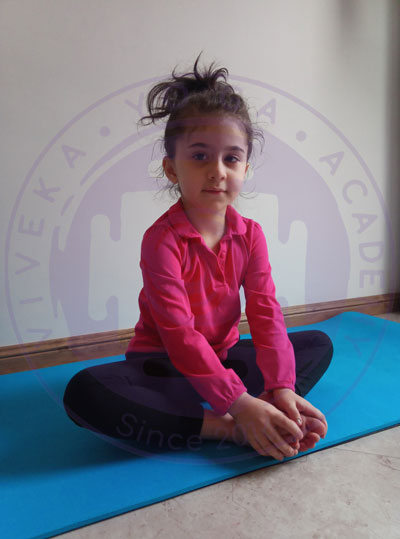
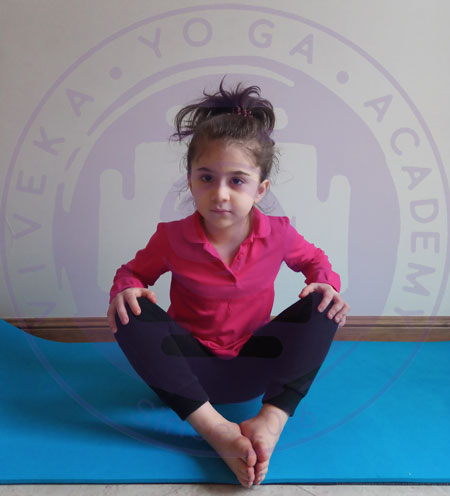

Benefits of Butterfly Pose for Children and Teenagers
Practicing Butterfly Pose provides numerous physical and mental benefits, particularly for young practitioners:
- Enhances Hip and Groin Flexibility
- This pose stretches the inner thighs and improves hip mobility, which is essential for flexibility and joint health.
- Boosts Blood Circulation
- Stimulates blood flow in the pelvic region, supporting reproductive and digestive organ health.
- Promotes Relaxation and Reduces Stress
- Focused breathing during this pose helps calm the nervous system and alleviate anxiety.
- Prepares for Advanced Yoga Poses
- The flexibility gained through this asana aids in performing more complex yoga postures.
- Encourages Better Body Awareness
- Practicing Butterfly Pose enhances mindfulness and awareness of body posture and movement.
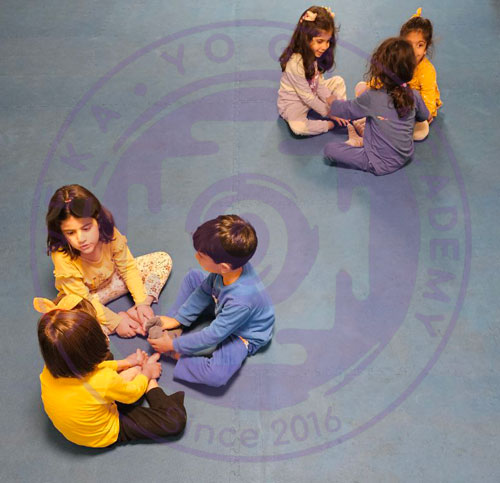
Precautions and Safety Guidelines
- Knee or Hip Sensitivity
- Individuals with knee or hip injuries should approach this pose cautiously or modify it with props.
- Avoid Overstretching
- Do not force your knees to touch the ground; let the body gradually increase flexibility.
- Use a Comfortable Mat
- Sitting on a soft mat or cushion can prevent discomfort, especially for beginners.
- Practice Under Supervision
- For children and beginners, guidance from a yoga instructor can help ensure proper alignment and prevent strain.
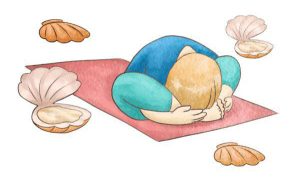
Conclusion
Butterfly Pose, or Baddha Konasana, is an excellent yoga posture that promotes flexibility, relaxation, and circulation. Especially beneficial for children and teenagers, this pose fosters physical development and mental calmness. By practicing it mindfully and taking necessary precautions, practitioners can safely enjoy its numerous advantages.
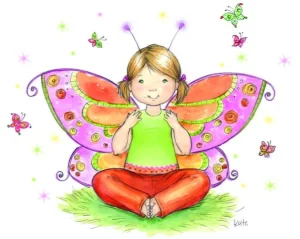
Keep in mind that the proper and systematic arrangement of yoga asanas in a correct and precise sequence can maximize their benefits. Performing a single pose in isolation and without proper awareness may even lead to an imbalance in individuals. Therefore, we recommend consulting a specialist before practicing these exercises to design an appropriate sequence and order.
Recommended Resources for Further Study
- Yoga for Children – Bihar Publications, translated by Ghazaleh Adampour
- Asana, Pranayama, Mudra, Bandha – Chiman Publications
- Yoga Anatomy by Leslie Kaminoff & Amy Matthews







